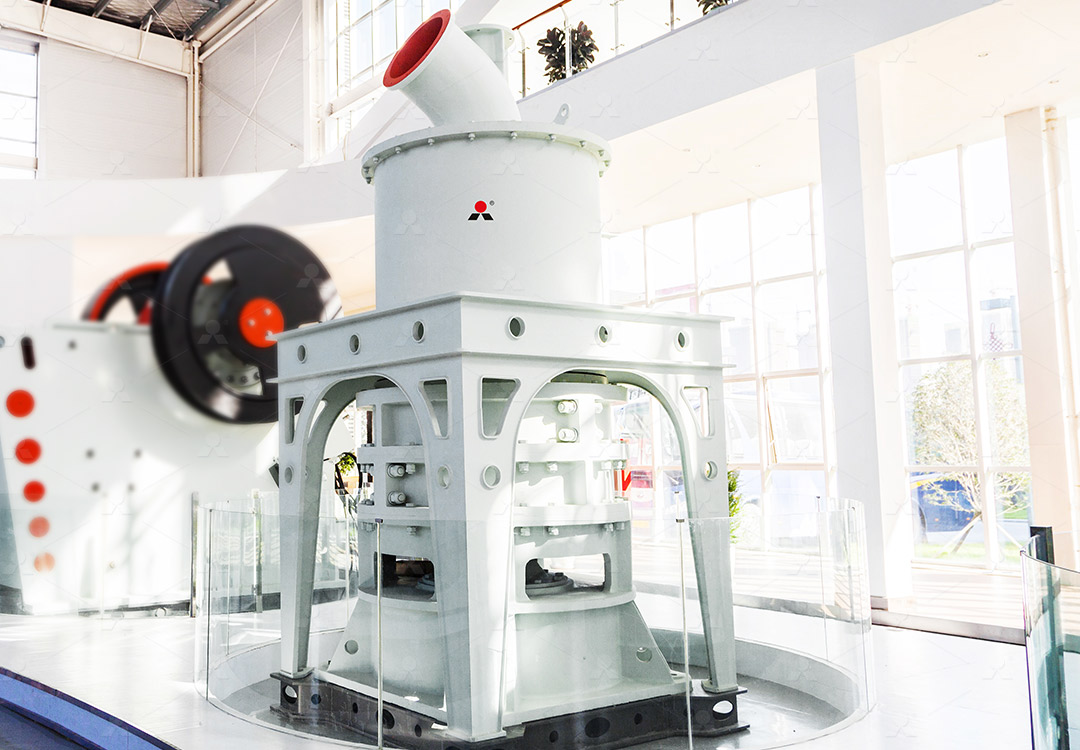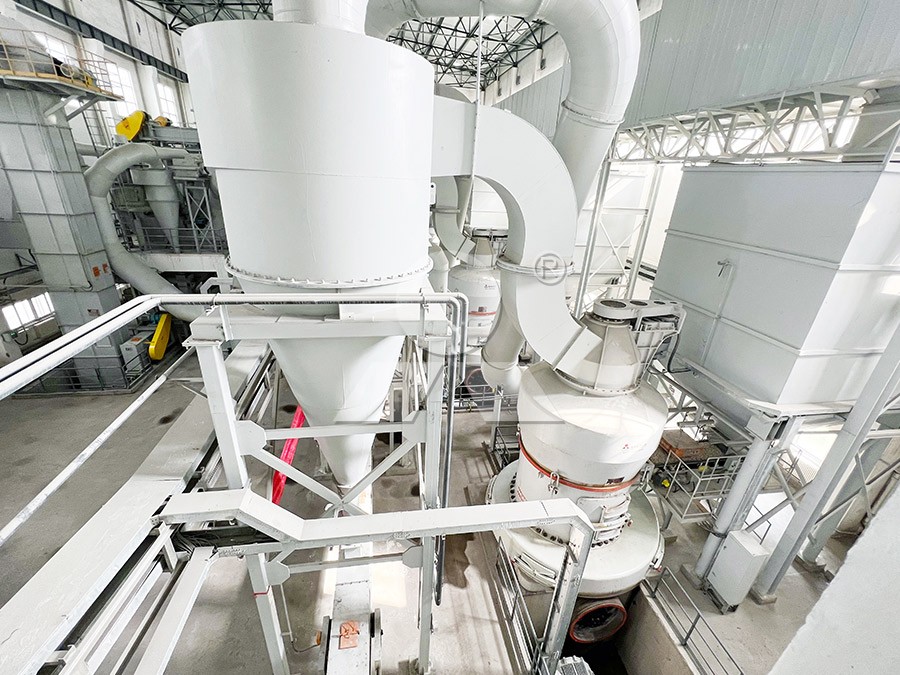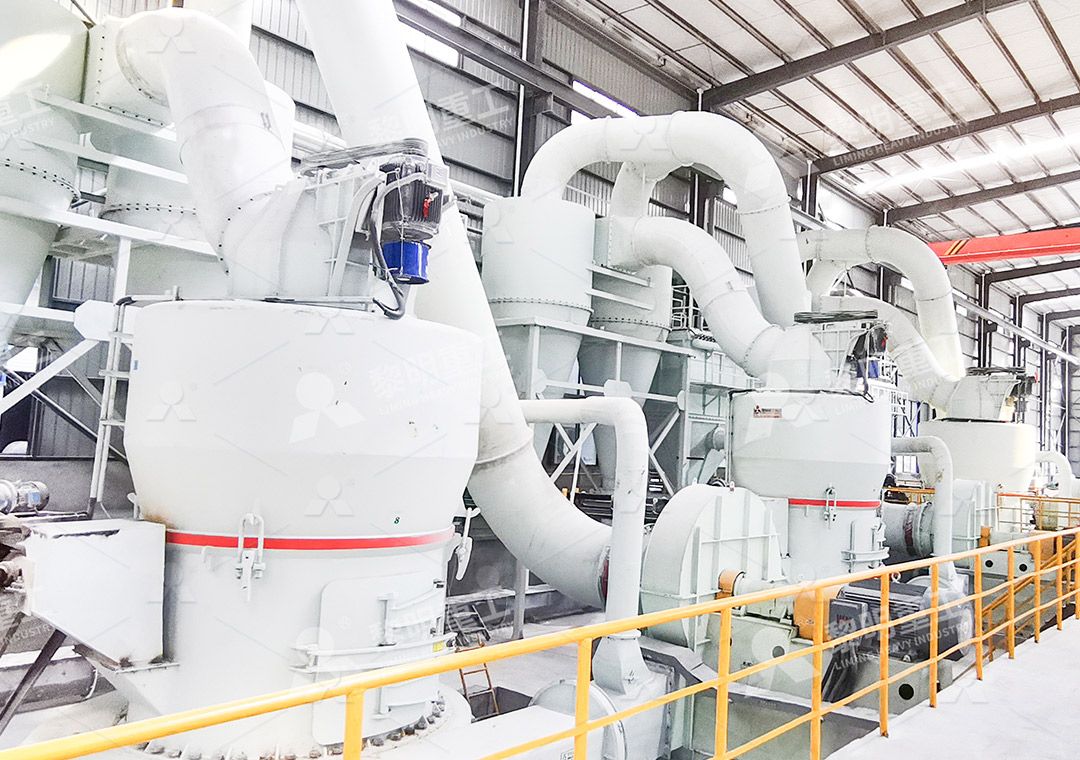How Much Does a Limestone Grinding Mill Machine Cost?
How Much Does a Limestone Grinding Mill Machine Cost?
As an industry professional with over a decade of experience in mineral processing equipment, I’m often asked this straightforward question that unfortunately doesn’t have a simple answer. The cost of a limestone grinding mill varies dramatically based on multiple factors that every serious buyer should understand before making an investment.
Let me break down what really drives the price of these essential industrial machines.
Key Factors Influencing Limestone Grinding Mill Pricing
First and foremost, capacity requirements significantly impact cost. A mill processing 1 ton per hour will naturally cost substantially less than one handling 50 tons per hour. The relationship between capacity and price isn’t linear either—doubling capacity often increases cost by only 50-70% due to economies of scale in manufacturing.
Secondly, the desired fineness of your final product plays a crucial role. Producing coarse 100-mesh powder requires less sophisticated technology than creating ultra-fine 2500-mesh powder. Higher precision grinding mechanisms, advanced classifiers, and more robust construction all add to the final price tag.
Third, automation levels and environmental features contribute to cost differences. Modern mills with integrated dust collection systems, noise reduction technology, and automated controls command premium prices but offer long-term operational savings.

Choosing the Right Mill for Your Limestone Application
Not all grinding mills are created equal for limestone processing. The specific characteristics of your limestone deposit—hardness, moisture content, and silica percentage—will determine which mill type delivers optimal performance and value.
For operations requiring ultra-fine limestone powder between 325-2500 meshes, our MW Ultrafine Grinding Mill represents an excellent balance of performance and cost-effectiveness. With an input size capacity of 0-20 mm and throughput ranging from 0.5 to 25 tons per hour, this machine delivers remarkable efficiency. Its innovative design eliminates rolling bearings and screws in the grinding chamber, significantly reducing maintenance concerns while providing 40% higher production capacity compared to jet mills with equivalent power consumption.
Another standout option for fine limestone grinding is the LUM Ultrafine Vertical Grinding Mill, which handles 0-10 mm input material at 5-18 tph. Its unique roller shell and lining plate grinding curve generates material layers more effectively, achieving higher finished product rates in a single pass while reducing energy consumption by 30-50% compared to conventional mills.

Beyond the Purchase Price: Total Cost of Ownership
Smart buyers look beyond the initial purchase price to consider the total cost of ownership. This includes energy consumption, maintenance requirements, spare parts availability, and operational lifespan.
Our MW Ultrafine Grinding Mill, for instance, consumes only 30% of the energy required by comparable jet grinding mills. Its external lubrication system allows for maintenance without shutdowns, enabling 24-hour continuous production. The absence of internal screws and rolling bearings in the grinding chamber eliminates common failure points that plague other mill designs.
Similarly, the LUM Ultrafine Vertical Grinding Mill features double position-limiting technology that prevents destructive impacts during operation, while its reversible structure simplifies maintenance procedures—both factors that significantly reduce long-term operating costs.
Price Range Expectations
While specific pricing depends on configuration and custom requirements, buyers should expect:
- Small capacity mills (1-5 tph): $50,000 – $150,000
- Medium capacity mills (5-25 tph): $150,000 – $400,000
- Large capacity mills (25+ tph): $400,000 – $1,000,000+
These ranges include standard configurations. Customizations for specific applications, advanced automation, or special materials of construction will increase these baseline figures.

Making the Right Investment Decision
When evaluating limestone grinding mill costs, consider your specific production requirements, available space, power constraints, and long-term business goals. A slightly higher initial investment in a more efficient, reliable mill often pays for itself through reduced operating costs and minimized downtime.
Our technical team can provide detailed cost-benefit analysis for your specific application, helping you select the optimal grinding solution that balances performance, reliability, and total cost of ownership.
Frequently Asked Questions
What is the typical lead time for a limestone grinding mill?
Standard models typically ship within 4-8 weeks after order confirmation, while custom configurations may require 8-12 weeks depending on specifications.
Do you provide installation and commissioning services?
Yes, we offer comprehensive installation, commissioning, and operator training services to ensure optimal performance from day one.
What warranty comes with your grinding mills?
Our mills come with a standard 12-month warranty covering manufacturing defects, with extended warranty options available for critical components.
Can your mills handle moist limestone?
Our MW and LUM mills can integrate with drying systems for materials with higher moisture content, though additional equipment may be required.
How does particle size distribution affect final product pricing?
Tighter particle size distributions require more sophisticated separation technology, typically adding 10-25% to the base equipment cost.
